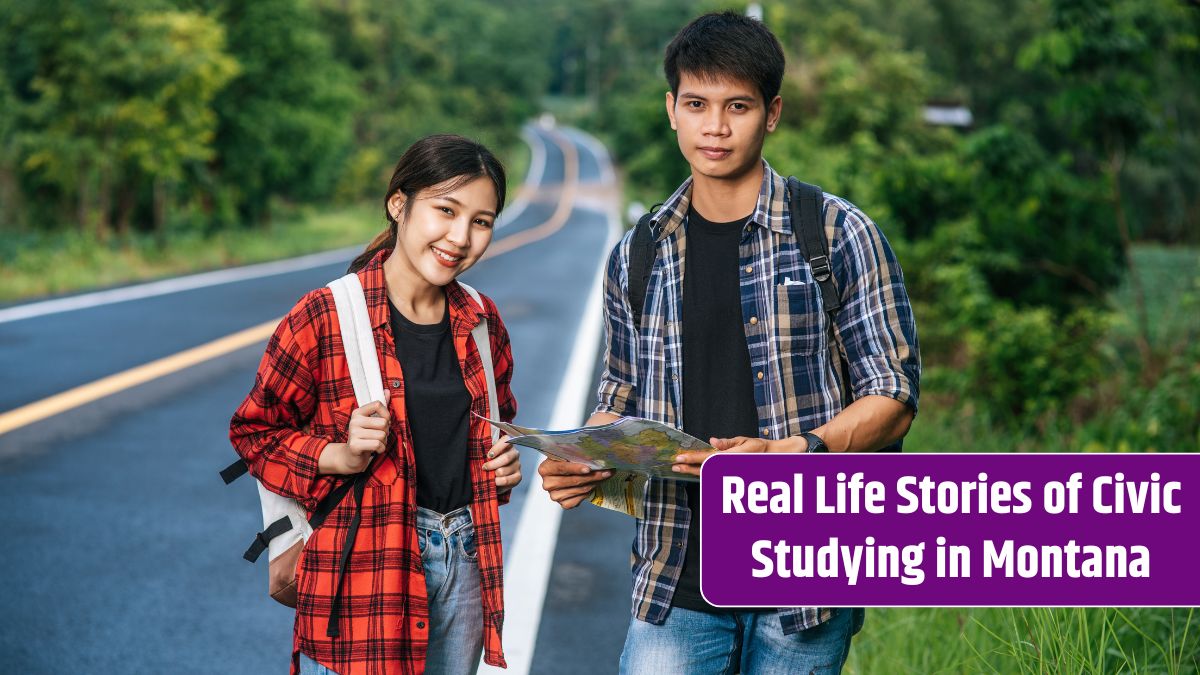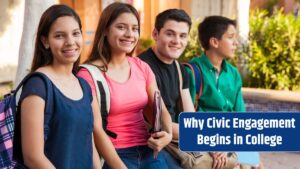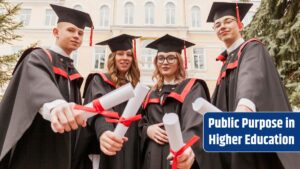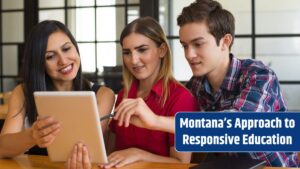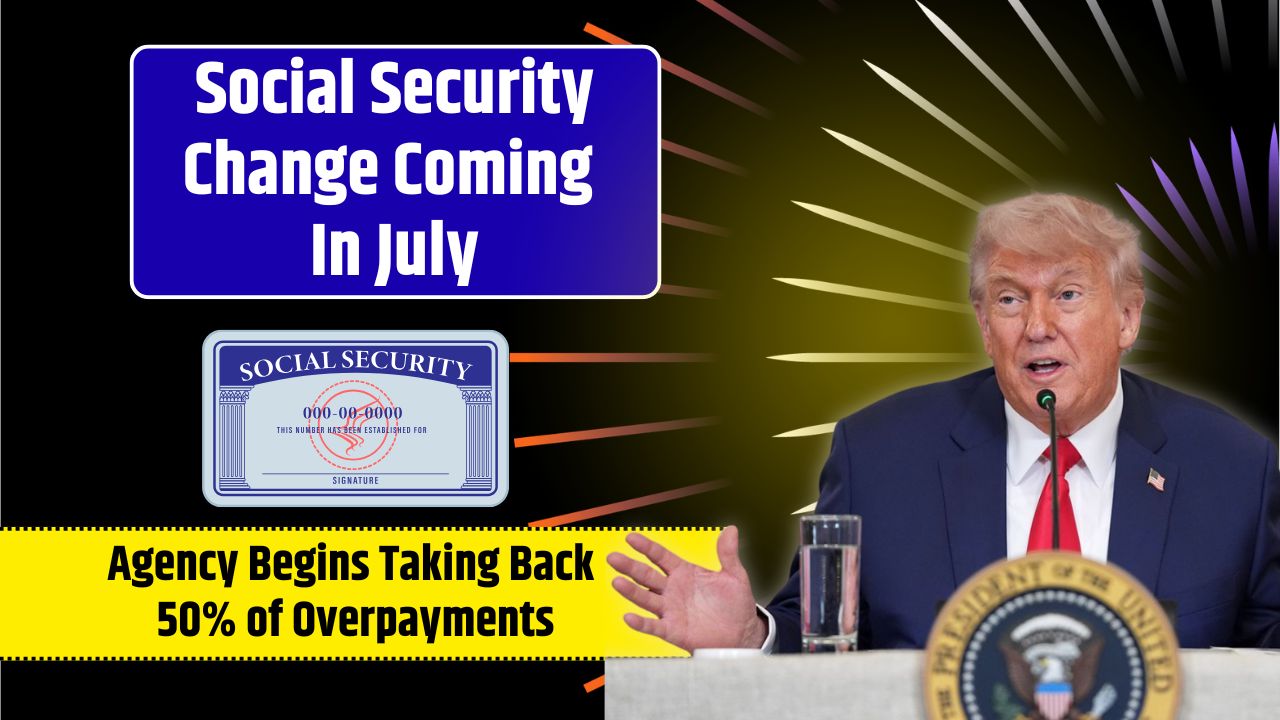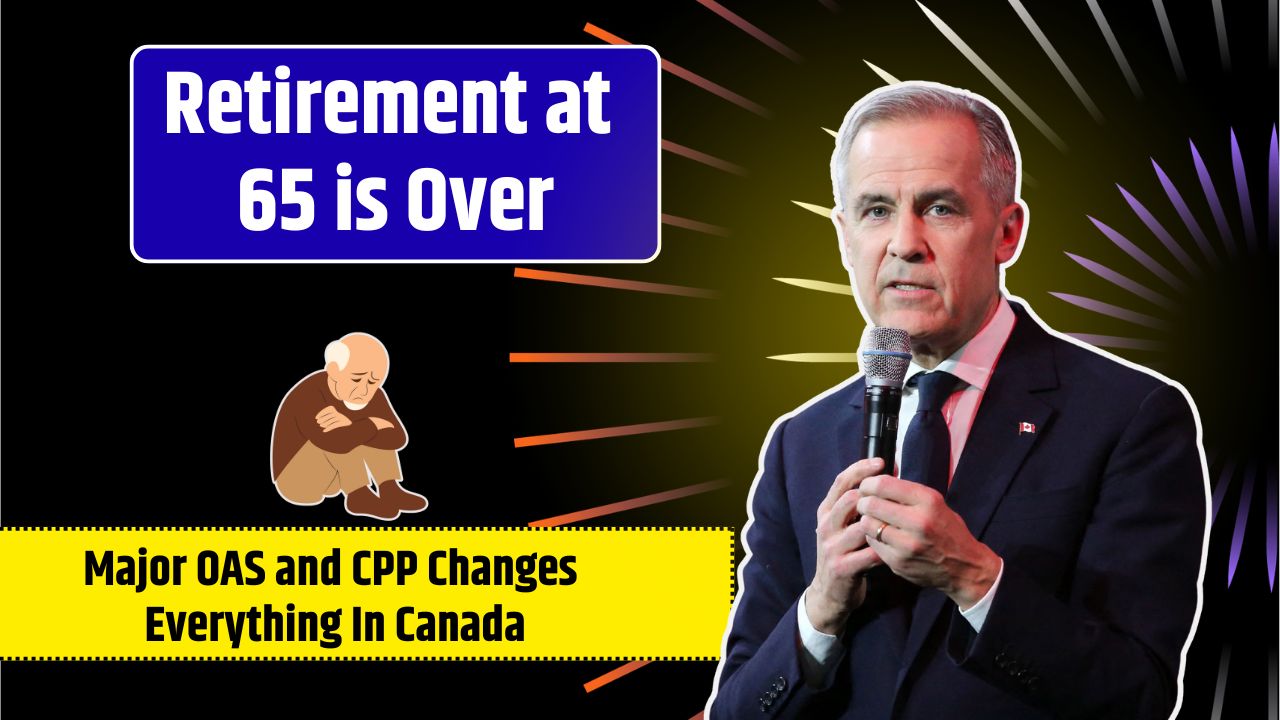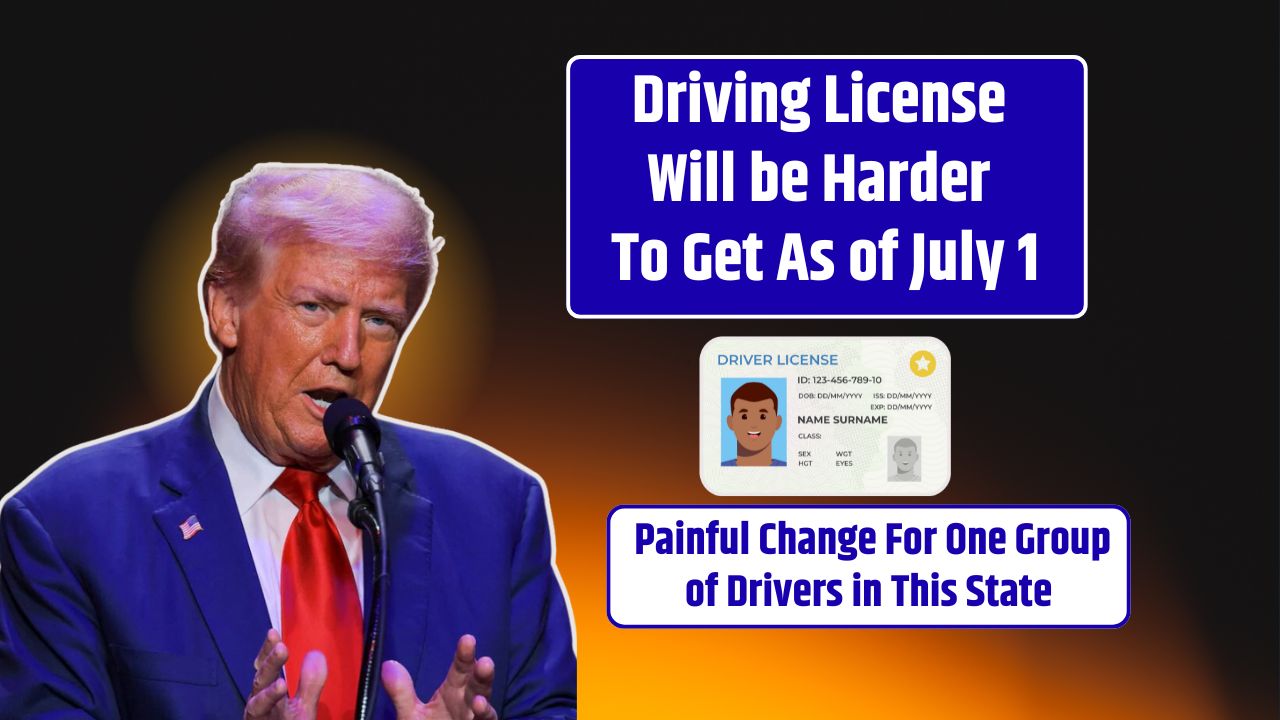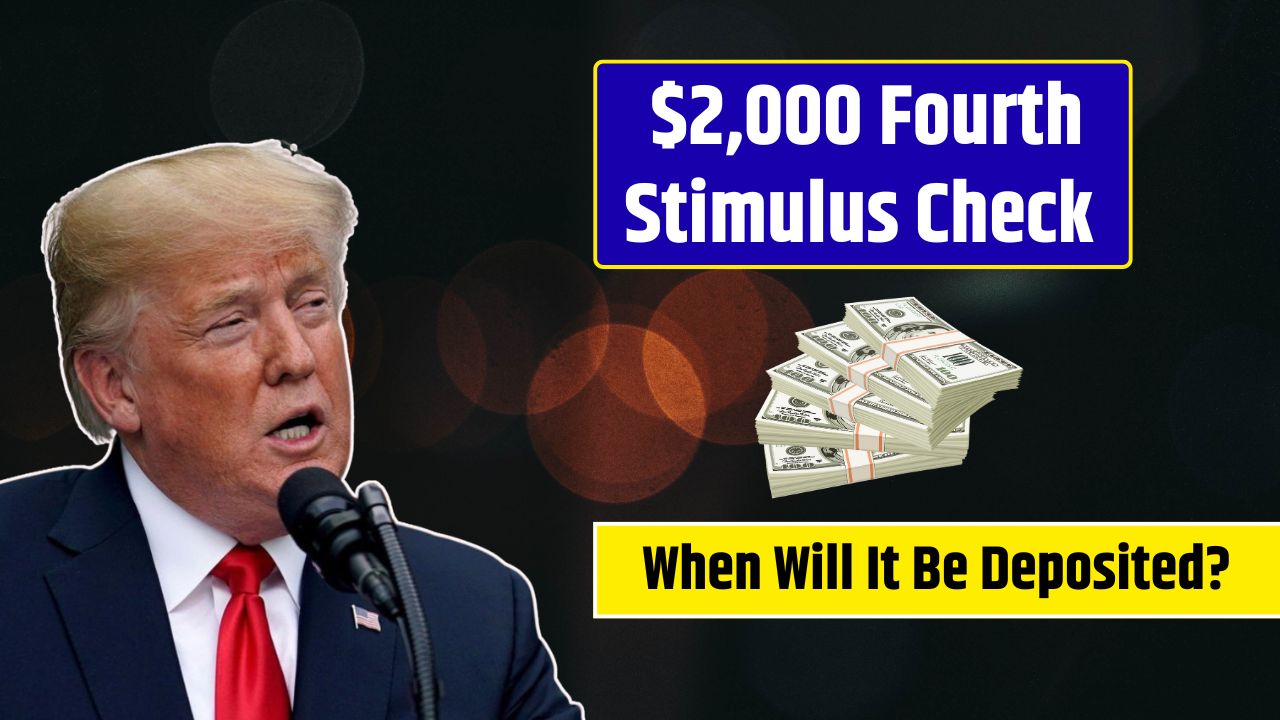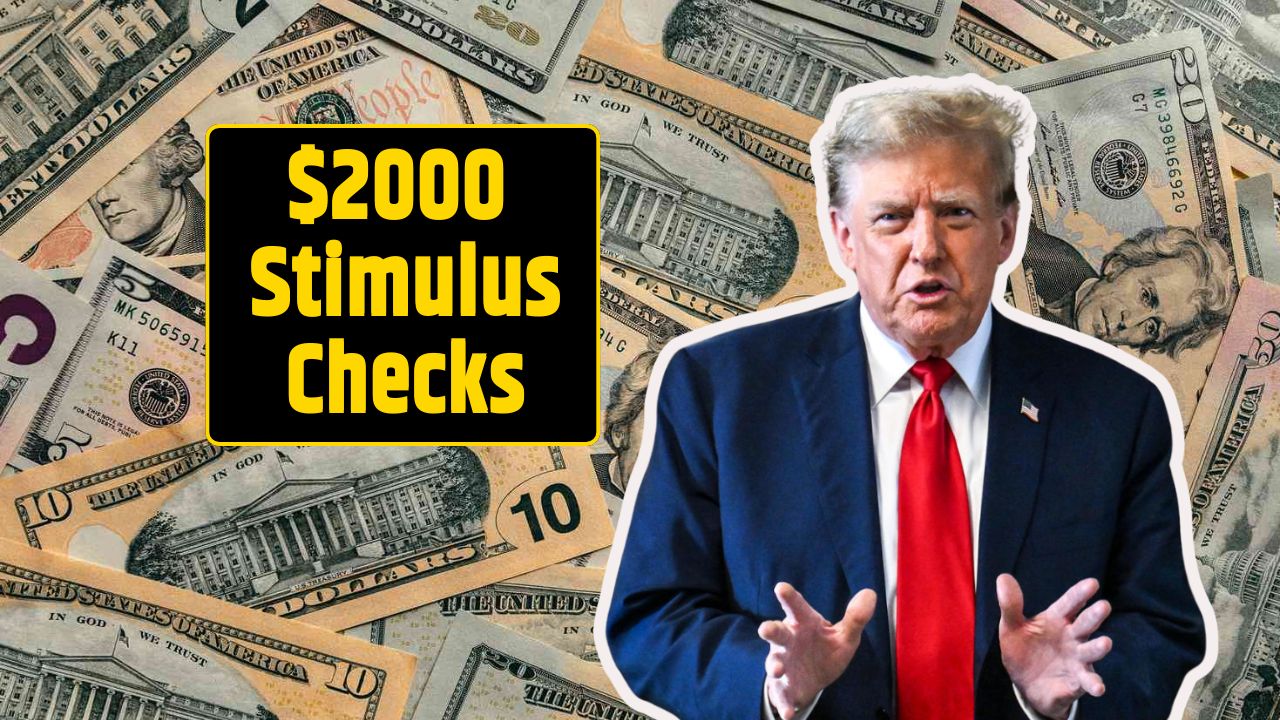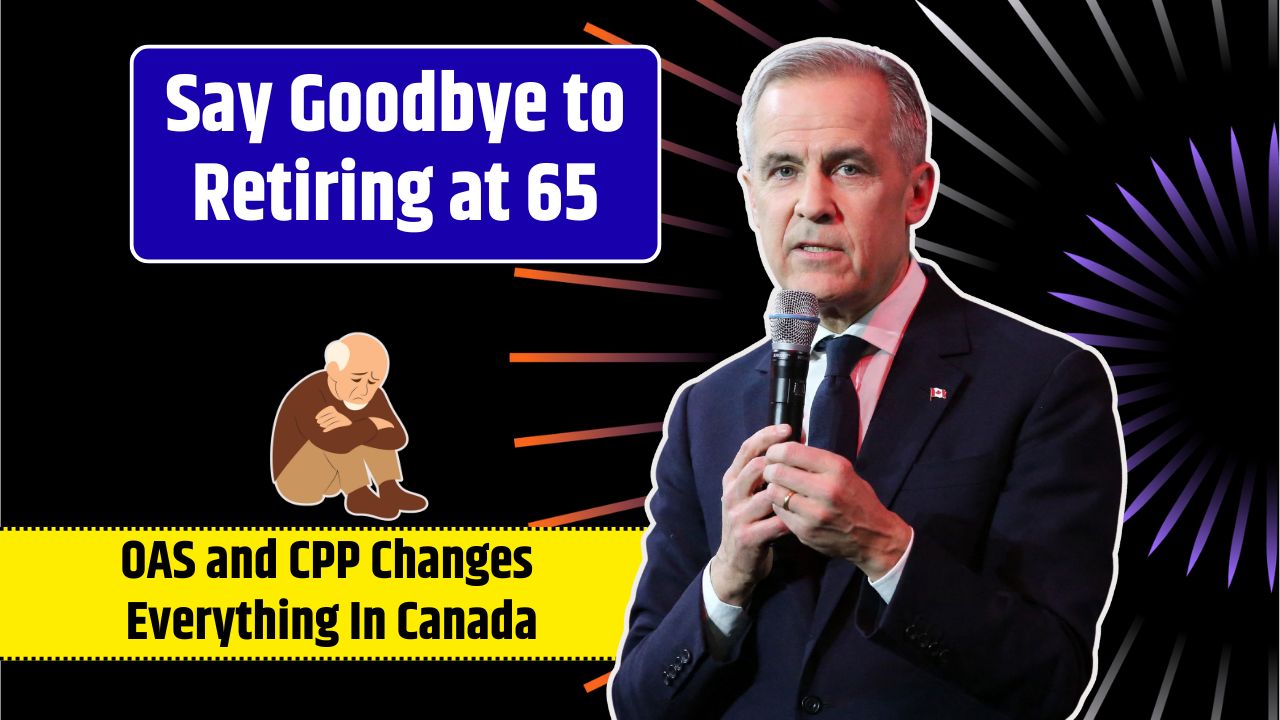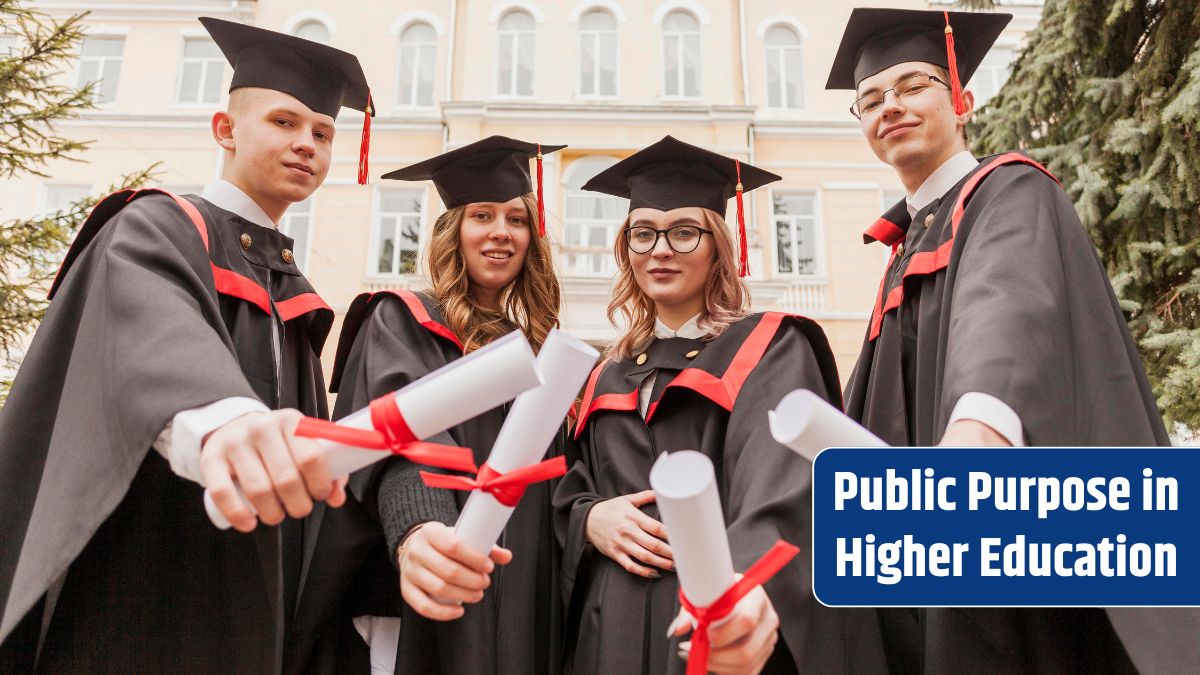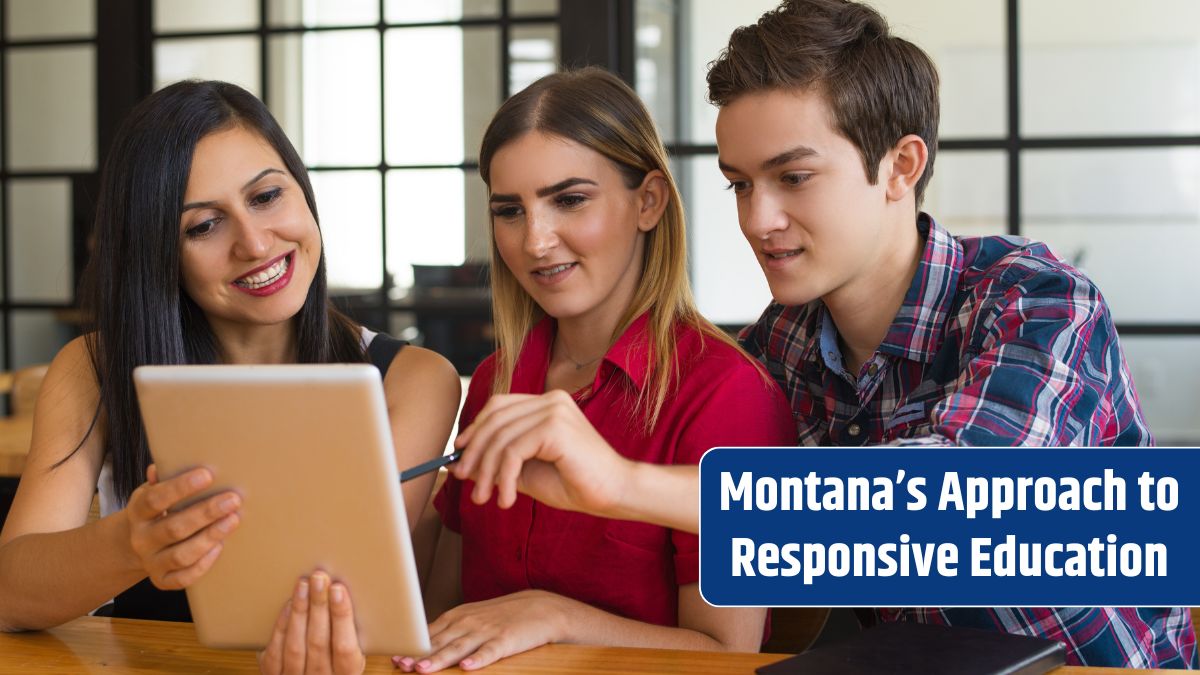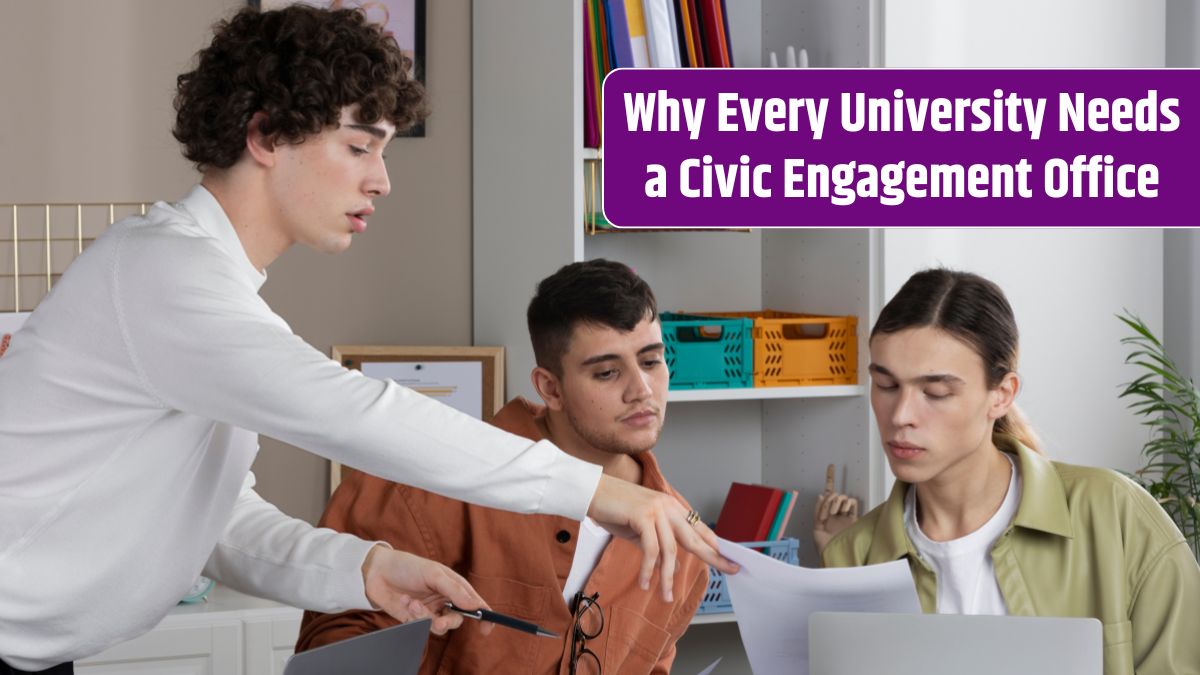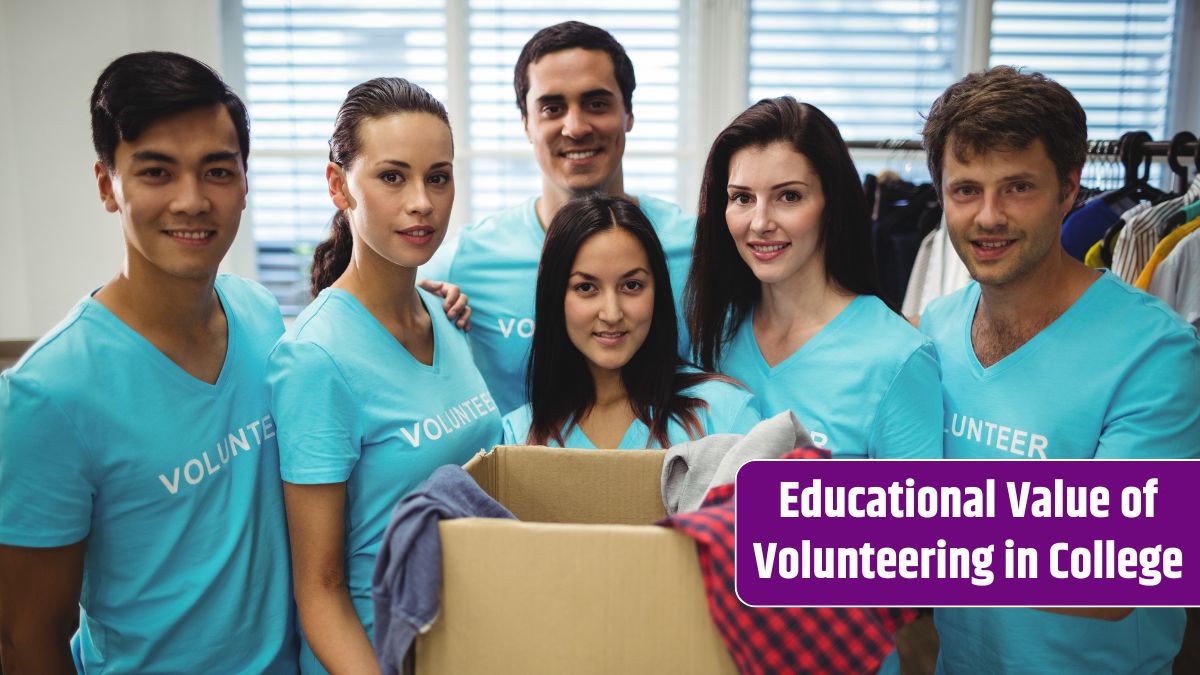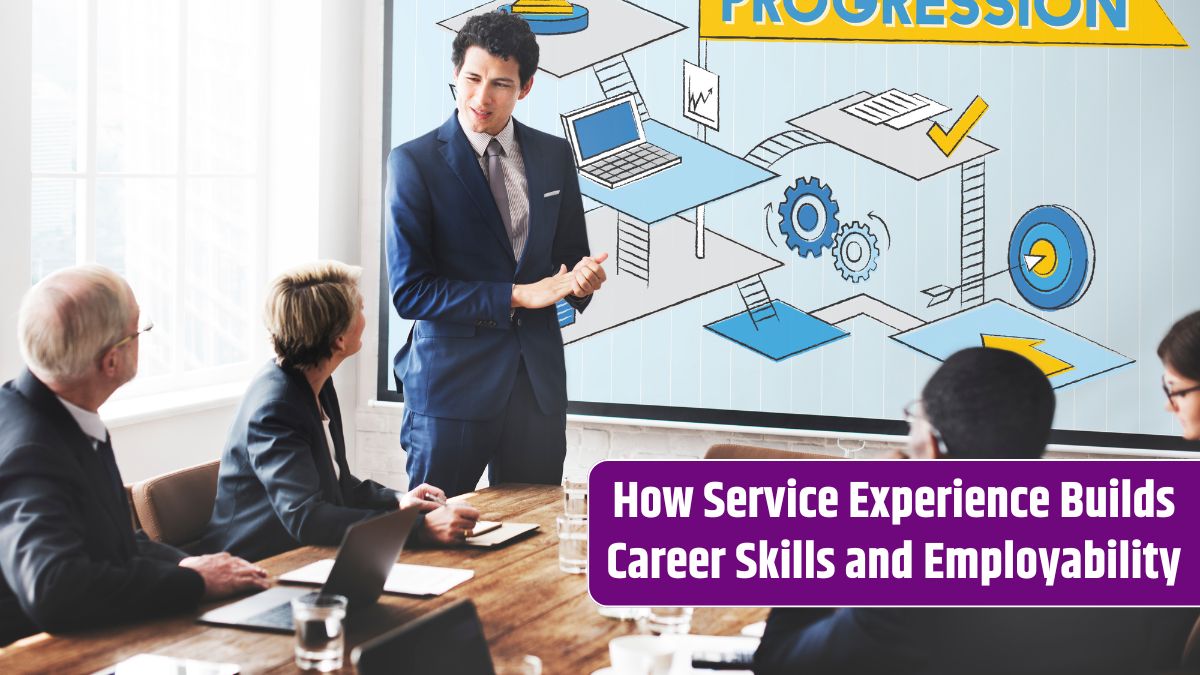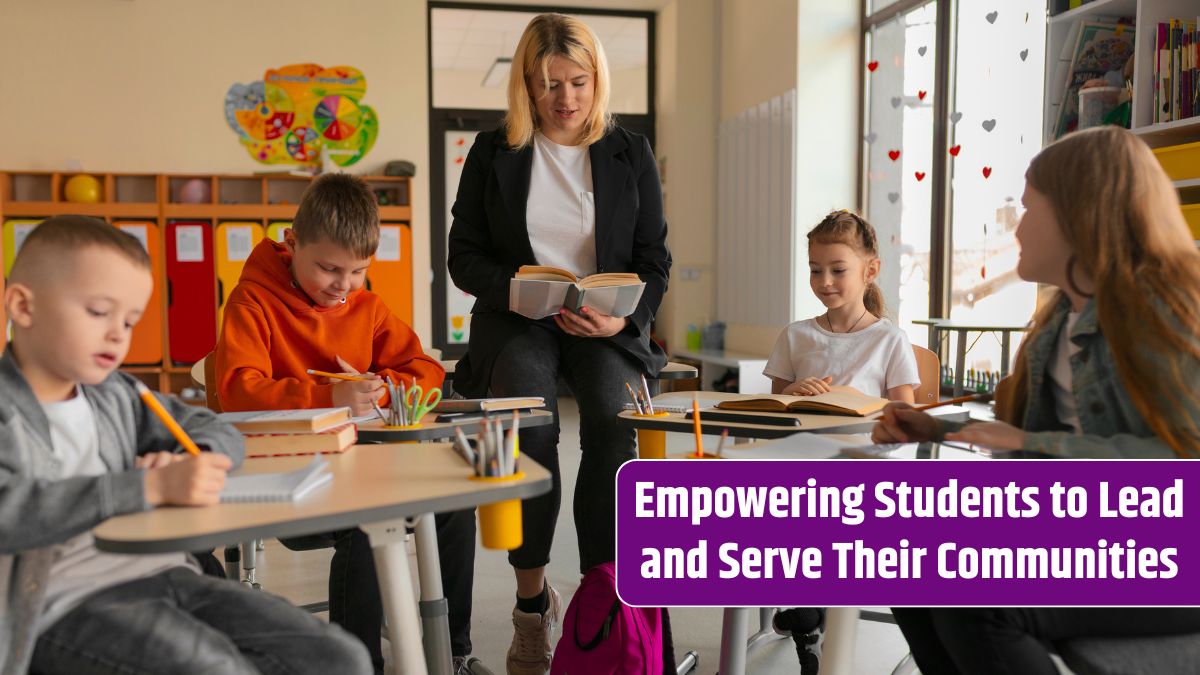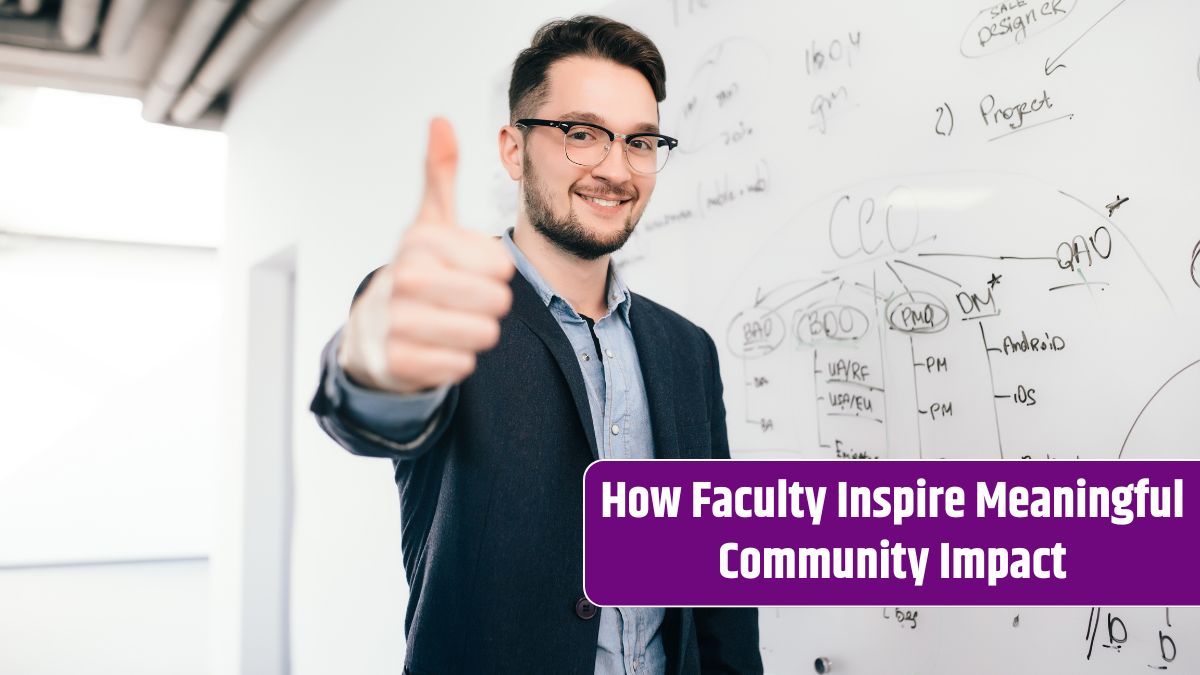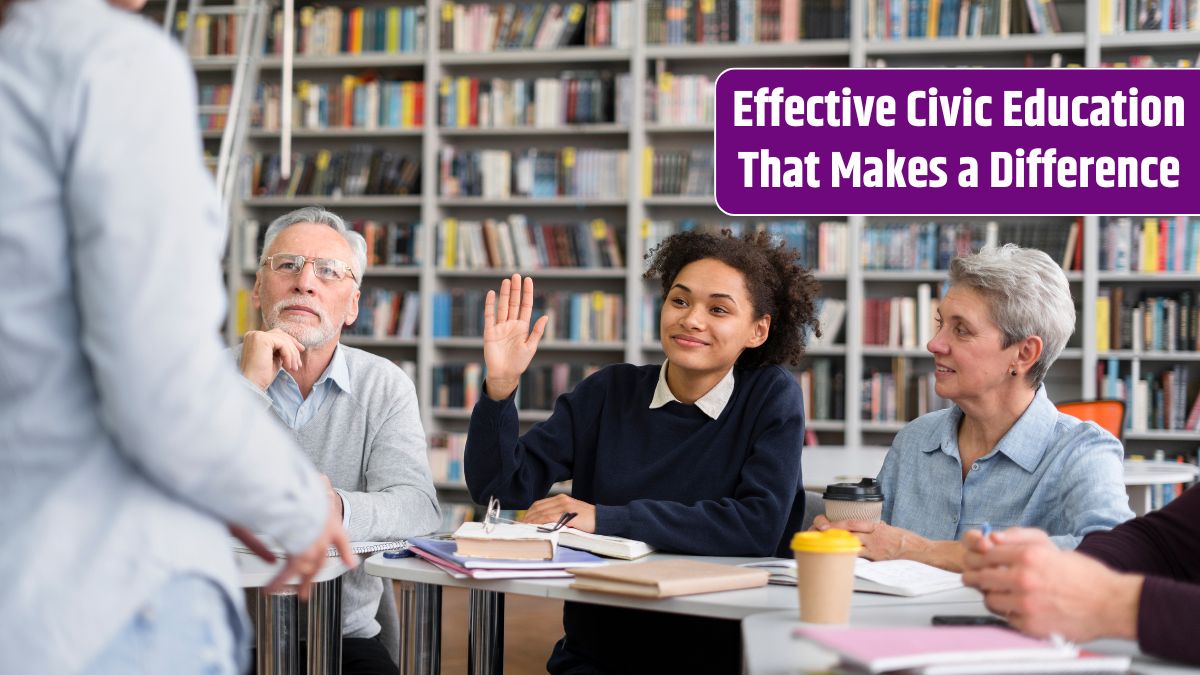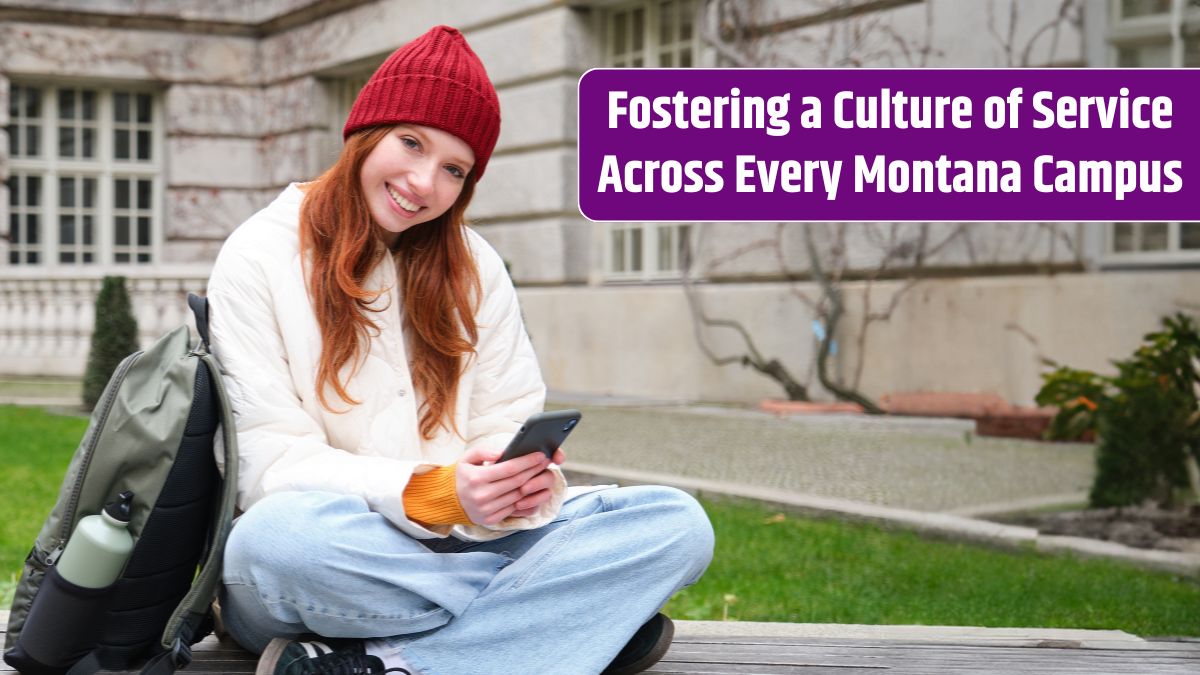What happens when education steps outside the classroom and into the real world? In Montana, students are proving that learning isn’t limited to textbooks—it thrives through action. Civic learning here is more than a subject; it’s a movement powered by real stories, real communities, and real change. Let’s look into how students across Montana are blending education with action and building a better future for everyone.
Table of Contents
Roots
Montana has deep civic roots. From small towns to tribal lands, people value community involvement and passing down civic responsibility. Schools across the state are tapping into that tradition, encouraging students to get involved in local government, environmental efforts, and public service. It’s not just about knowing your rights—it’s about knowing your role.
Experience
Forget boring lectures—these students are learning by doing. In Missoula, high schoolers joined city council meetings and proposed youth-friendly policy ideas. In Billings, students created public awareness campaigns about mental health. By working on real issues, they’re gaining experience that textbooks can’t replicate. It’s civic education, upgraded.
Voices
Civic learning gives students a voice—and they’re using it. In Helena, a group of teens launched a voter registration drive, getting hundreds of new voters signed up before the elections. On Native reservations, students are leading community discussions around land rights and heritage protection. When students see that their voice matters, they speak louder, and they speak smarter.
Growth
This kind of learning helps students grow in more ways than one. They gain confidence, empathy, and leadership skills that last a lifetime. It also opens doors—many students involved in civic action find scholarships, internships, and job opportunities because of their real-world experience. It’s growth that pays off long after graduation.
Impact
The ripple effects of these projects are undeniable. Communities are becoming more informed, more united, and more youth-inclusive. Parents, teachers, and leaders are seeing the difference too. It’s proof that when students learn how to make change, they actually do it. And that’s what makes civic learning powerful—it doesn’t just inform, it transforms.
Here’s a snapshot of how civic learning plays out across Montana:
| Location | Project Type | Student Outcome |
|---|---|---|
| Missoula | Local government proposals | Policy awareness, leadership |
| Billings | Mental health campaign | Communication skills |
| Helena | Voter registration drive | Civic participation |
| Flathead Res. | Land rights advocacy | Cultural pride, activism |
Civic learning in Montana shows us one clear truth: education isn’t just about grades. It’s about growing into the kind of person who can lead, care, and change the world—one community at a time.
FAQs
What is civic learning?
It’s education that connects students to real-world civic issues.
Why is civic learning important?
It builds leadership, awareness, and active citizens.
Where does civic learning happen in Montana?
In schools, communities, and local governments.
What projects are students doing?
From mental health campaigns to policy proposals.
How does civic learning help students?
It builds skills, confidence, and career opportunities.

